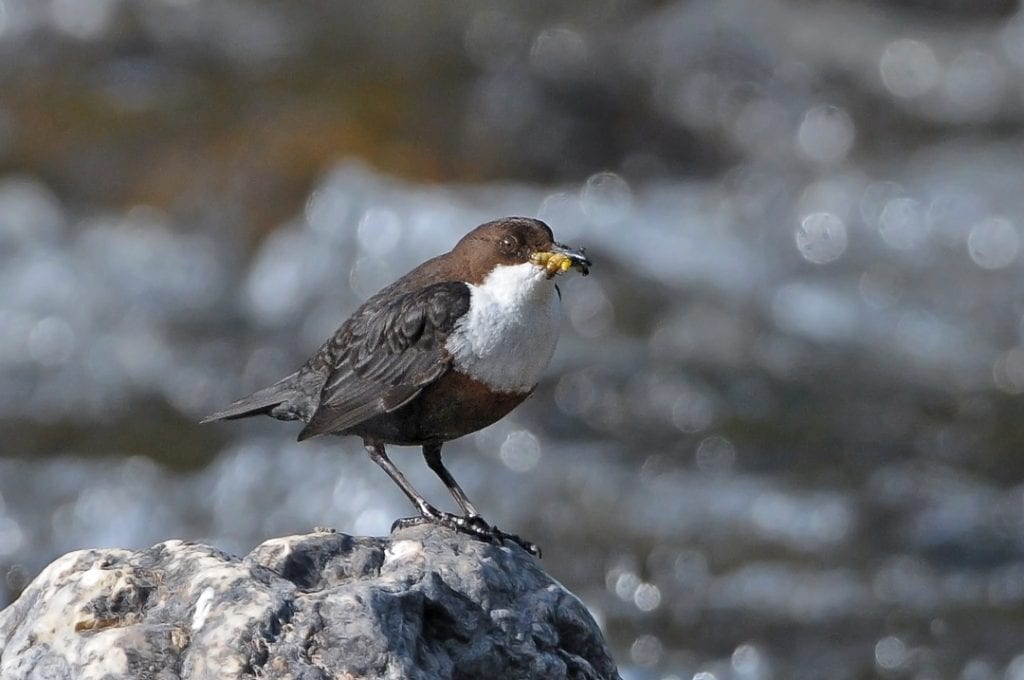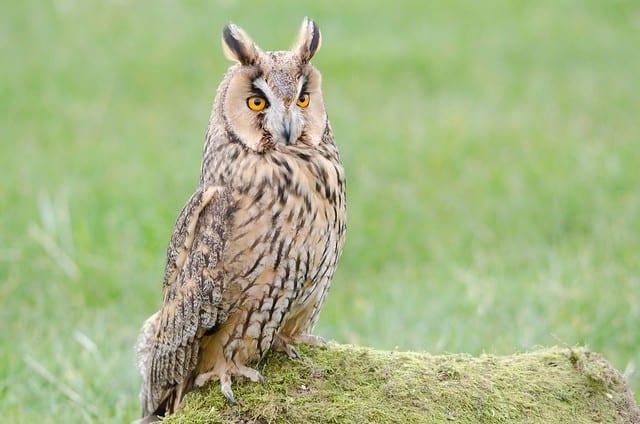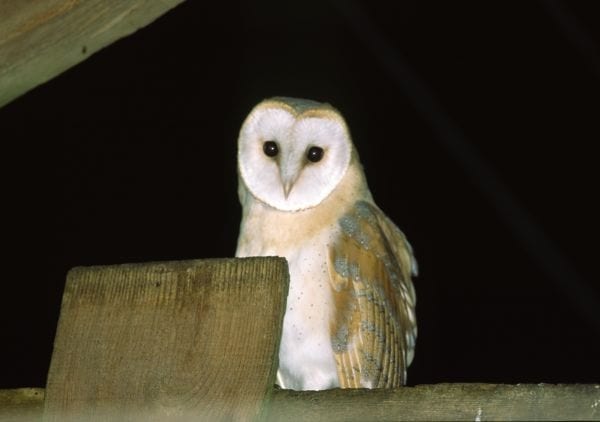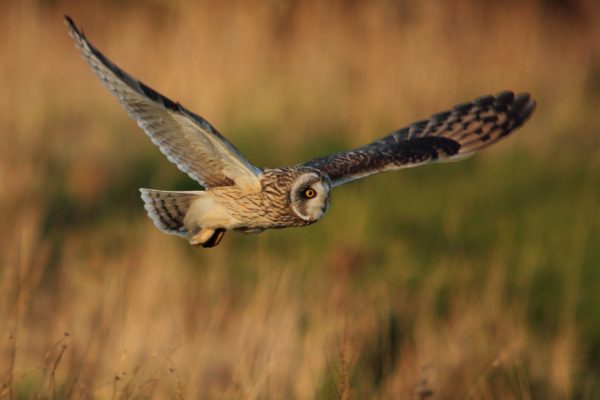
Short-eared Owl
| Irish Name: | Ulchabhán réisc |
| Scientific name: | Asio flammeus |
| Bird Family: | Owls |
amber
Conservation status
Conservation status
Status
A scarce winter visitor throughout Ireland and rare breeding species, mainly in the south and east. Favours uplands and coastal lowlands.
Identification
The only Irish owl species likely to be seen hunting during the day. Very similar in appearance to Long-eared Owl in all plumages. Adult short-eared Owls can be identified by their yellow eyes and very small "ear" tufts. The black streaking on the body tends to be much coarser than on Long-eared Owl. Juvenile Short-eareds are identical to juvenile Long-eared Owls, but have yellow eyes.
Voice
Generally silent when seen in Ireland. Display includes a quiet series of hoots given in flight.
Diet
Same as Long-eared Owl. Comprising small mammals, frogs and birds.
Breeding
Rare and sporadic breeding species in uplands throughout Ireland. The majority of the European population breeds in Scandinavia and Russia.
Wintering
Widespread winter visitor to coastal lowlands (dunes, scrubby fields, machair). Sometimes two or more Short-eared Owls can be seen hunting together at favoured sites.
Monitored by
Blog posts about this bird
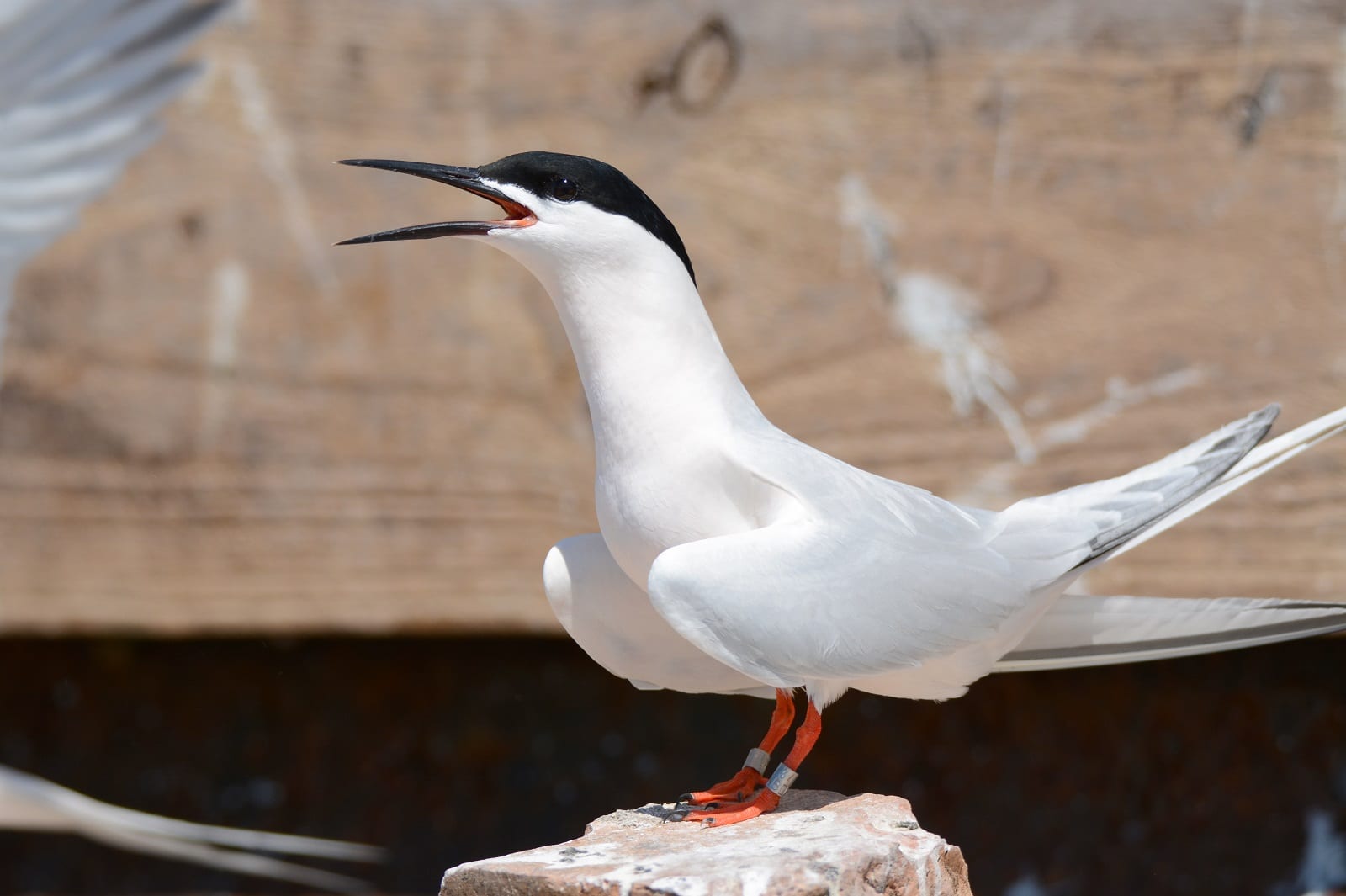
King of the Ring - Ireland's record-breaking birds
The British Trust for Ornithology (BTO) recently published the ‘2020 Ringing Report’, detailing all of the birds ringed in Ireland and Britain up to the end of last year. Included in this is an update to the ‘longevity list’, i.e. the individuals of each species which have lived the longest. This always makes for fascinating reading, to see what ringed individuals bucked the trend by outliving their counterparts. Some birds can live a lot longer than you might think! See below for more on the Irish record-breakers, including one bird that is the oldest of its species seen by our staff this summer.
A Shag ringed on Great Saltee in Wexford as a chick in 1977 subsequently washed up on the beach at Greystones in Wicklow in 2007, making it a whopping 29 years and 11 months old!




Dipper
Next time you see a Dipper, happily bobbing away on a rock in a stream near you, this might make you wonder how long it has been using that same rock! A Dipper ringed as a chick in April 2008 under a bridge in Laois was caught by the ringer again 8 years and 9 months later! We have our own distinct subspecies of Dipper in Ireland, so research into this species in Ireland is particularly valuable and important.

Click here to read the full longevity list up to the end of 2020, on the BTO website.
Ringing birds, by people who are appropriately trained and licensed, is a valuable way to learn about the lifespan of birds, their annual survival rates, migratory movements and dispersal, and how individuals use a certain area. All of these things vary by species, by location (e.g. Irish birds might do something different to English birds of the same species) and by time, and changes to weather patterns, loss of prey or food supplies, or destruction of habitat might cause these to change, which we can again measure through ringing. Ringing involves fitting a bird with a small lightweight metal and/or plastic ring with a unique code on it, so that specific individual is recognisable in the future and we know exactly where it has been in the past, and when it was in that place. There are around 100 bird ringers on the island of Ireland, and all sorts of species are ringed here, from Robins to Ravens, Blackbirds to Brent Geese, Coal Tits to Cuckoos, Siskins to Swifts, and everything in between. If you’re interested to find out more about ringing see this link on the BTO website, and we’ve also been running a regular feature in our BirdWatch Ireland membership magazine ‘Wings’ to highlight ringing projects currently running in Ireland, so check that out too!Irish birds on the Longevity List
Over the years, many birds either ringed in Ireland, or ringed elsewhere and found in Ireland, have taken pride of place on the ringing list. Some have fallen from the top spot over time, including a Manx Shearwater from the Copeland Islands in Northern Ireland, which was the oldest known living wild bird in the world when it was re-trapped by ringers in 2003, 50 years since being ringed as an adult, making it at least 55 years old when it was caught in 2003! You can read more about Manx Shearwater ringing on the Copeland Islands in this recent article from our Wings magazine here. See below for seven Irish birds currently ranked as the oldest of their species in Britain and Ireland, and we’ve got one to add to the list from our conservation work this summer….Greenland White-fronted Goose
A white-front ringed on the North Slob in Wexford in 1985, was shot in Iceland in 2004, making it 18 years and 10 months old! Shag
Shag
A Shag ringed on Great Saltee in Wexford as a chick in 1977 subsequently washed up on the beach at Greystones in Wicklow in 2007, making it a whopping 29 years and 11 months old!
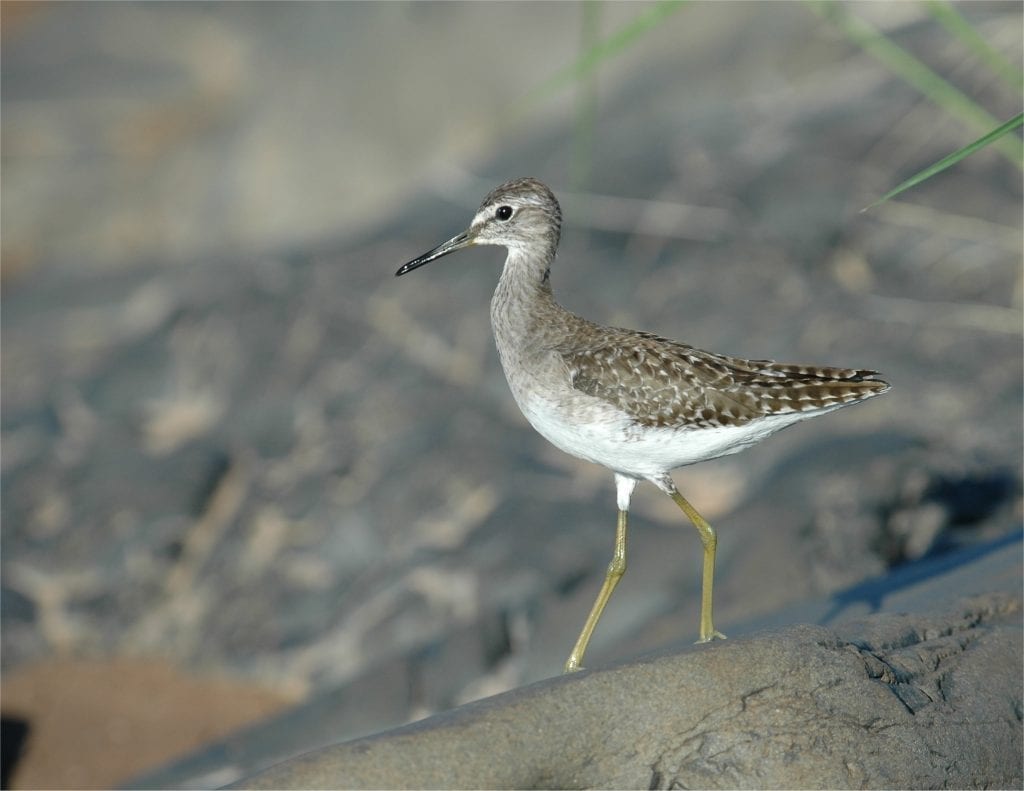
Wood Sandpiper
The Wood Sandpiper is a scarce passage migrant in Ireland, meaning they move through on migration in the autumn. A Wood Sandpiper caught on the Shannon Estuary in Limerick in 1974 was subsequently caught by another ringer in Belgium, 922km away and almost 8 years later. Some species that aren’t particularly common in Britain and Ireland might have a larger maximum lifespan recorded through ringing schemes elsewhere, but the examples here are the oldest individuals in Britain and Ireland for each species!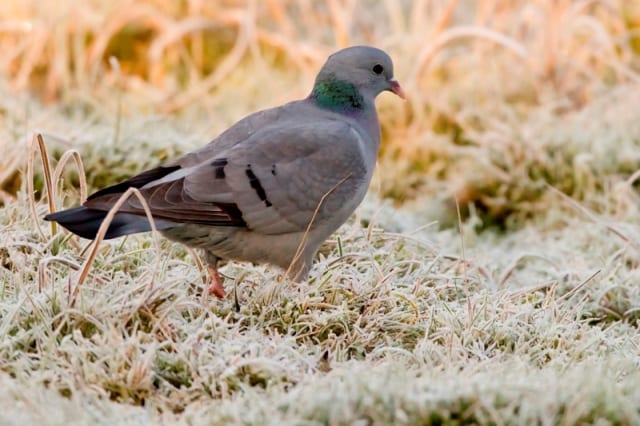
Stock Dove
This increasingly-scarce pigeon species has a well-established breeding population on the Copeland Islands in Down. One bird caught in 1953 was found a mere 10km away on the mainland, 9 years and 2 months later!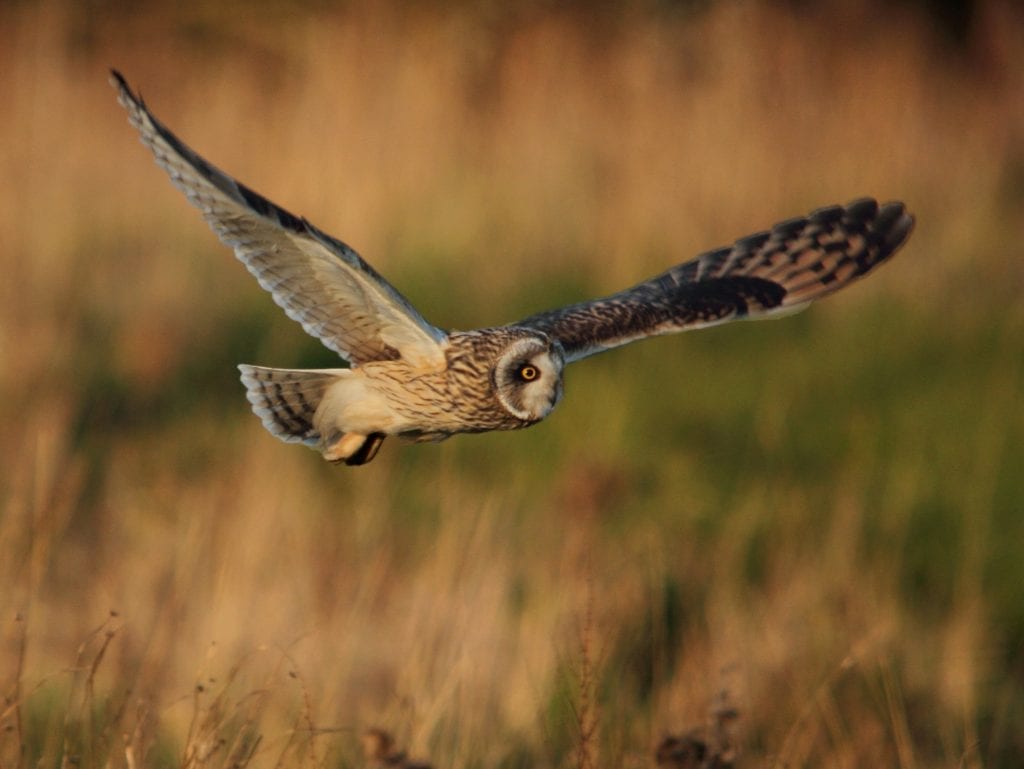
Short-eared Owl
A Short-eared Owl, ringed as nestling in the Forest of Balloch in South Ayrshire in Scotland was unfortunately shot in Cork, at 6 years and 8 months of age. It was originally ringed in May 1956 and met it’s untimely death in January 1963.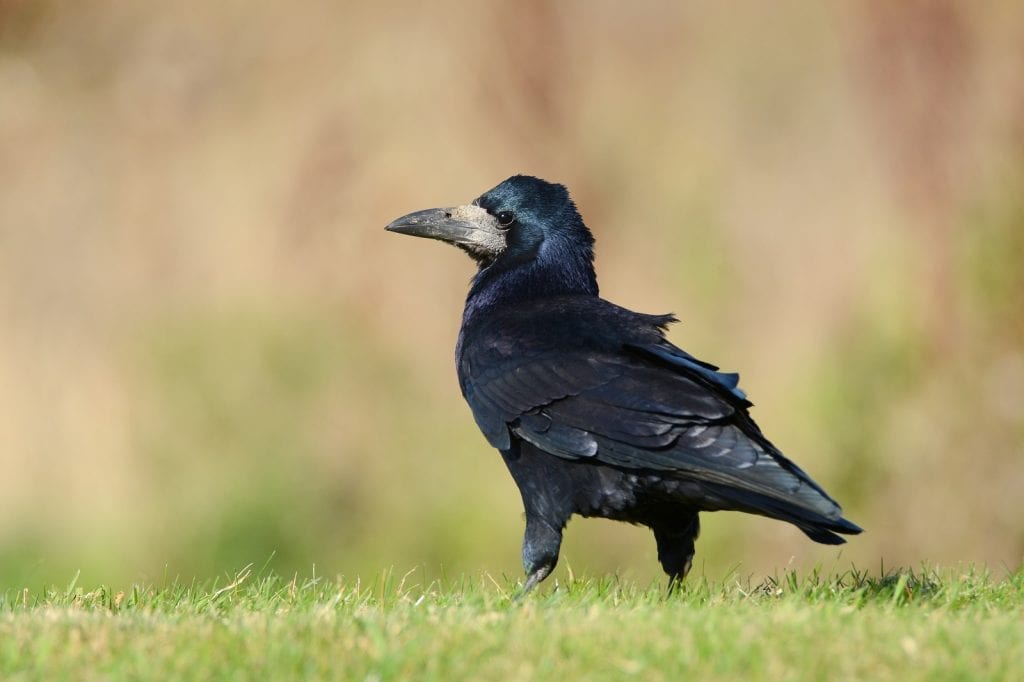
Rook
Many people are a bit surprised that species such as Rooks are ringed and studied, but we can learn a lot about bird behaviour and environmental change by looking at our most common species. A Rook chick ringed in May 1982 in Castlewellan in Down was found dead 7km away. That mightn’t surprise you, as they can move around a bit and 7km isn’t too far as the Rook flies. The surprising bit though, is that it was exactly 22 years and 11 months since it was ringed!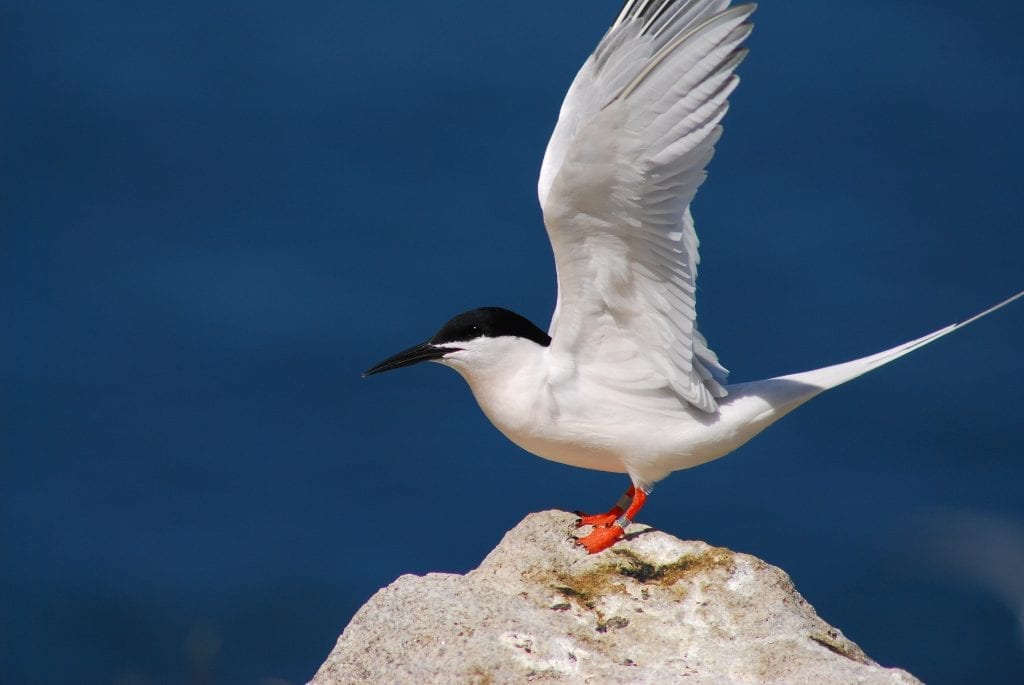
And in 2021, a record-breaking Roseate Tern!
Ireland has the two largest Roseate Tern colonies in Europe, Rockabill in Dublin and Lady’s Island in Wexford, accounting for over 90% of Roseate Terns in north-west Europe. Ringing has been a really important tool for the conservation work by BirdWatch Ireland and the National Parks and Wildlife Service at both colonies, helping to monitor the progress of each bird as they grow as a chick, and when they return as an adult. Because such a large proportion of the Roseate Terns at both colonies are ringed, we have a really good insight into the average age of the population, and in most years we record a few birds in their late teens or early twenties. Not bad for something the size of a Blackbird, that migrates to and from West Africa every year! This summer, one of our Rockabill Wardens Alex Fink, spotted a Roseate Tern that had been ringed in July 1993, making it 28 years old and the oldest Roseate on record in this part of the world! The majority of breeding Roseate Terns are 3-7 years old, so this bird has done extremely well for itself, and depending on how successfully it has been breeding over the years, and how successful its offspring have been, it might even be a great-great-great-great-great-great-great-great-great-grandparent!For more details on the oldest ringed birds in Britain and Ireland, see the BTO website here.
For more information about ringing projects in Ireland, see our regular ‘Ringing Tales’ feature in our Wings membership magazine. Click here to see about becoming a member.
If you find a bird with a ring and need help to report it and find where and when it came from, email us here with as many details as you can provide, particularly the code on the ring.

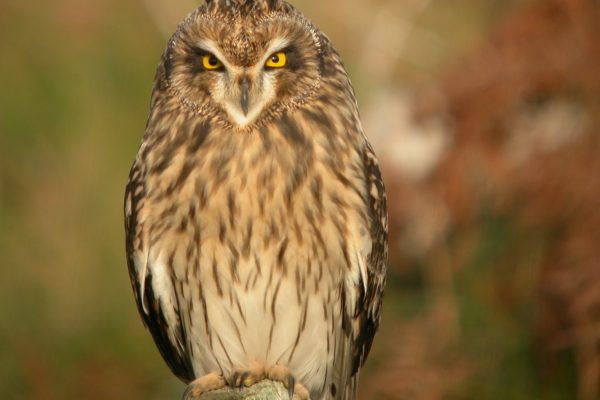
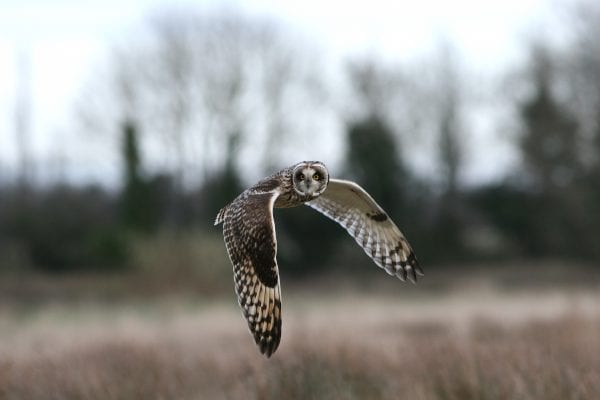
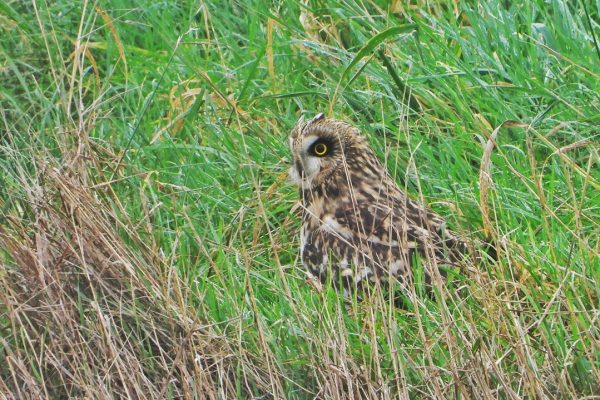
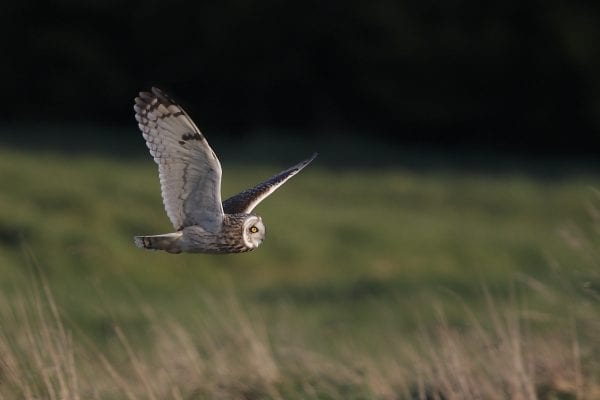
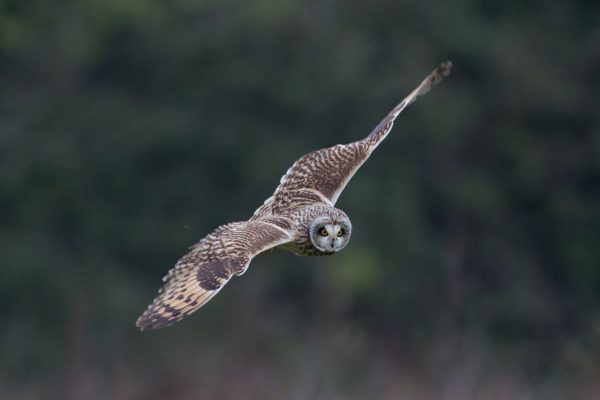
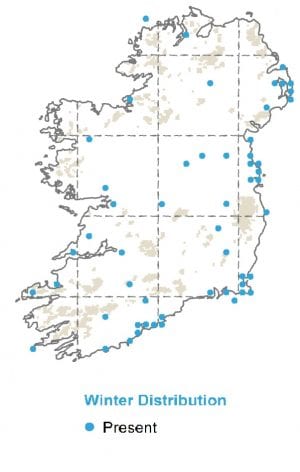
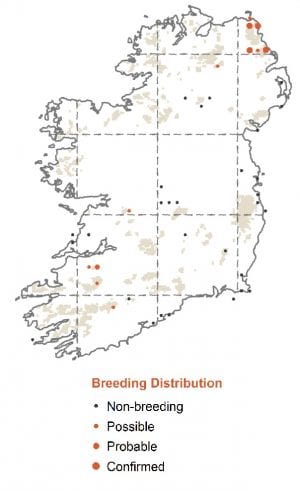
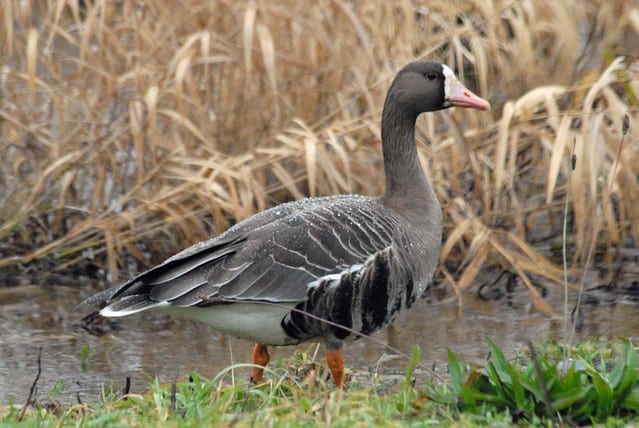
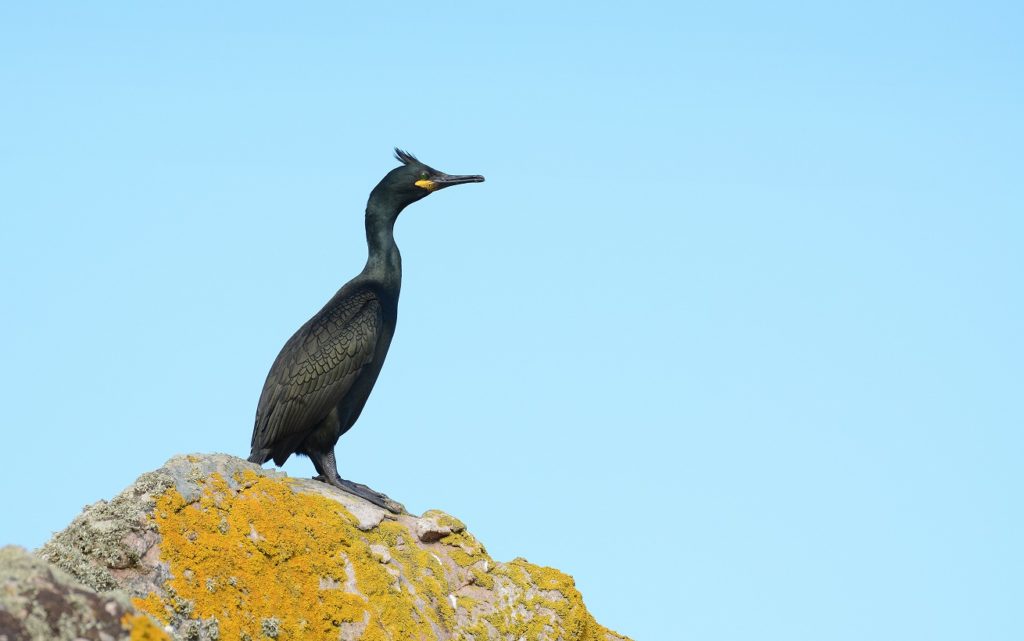 Shag
Shag